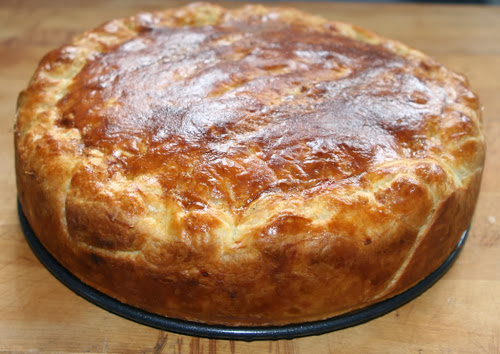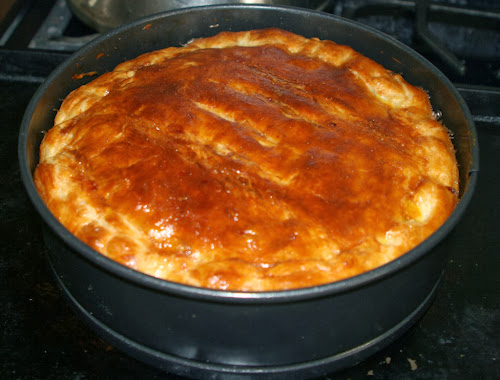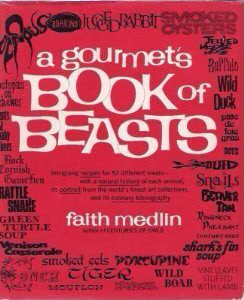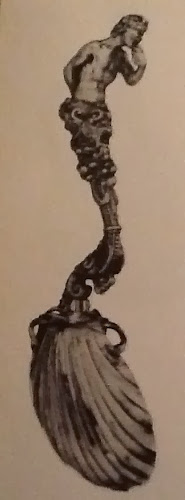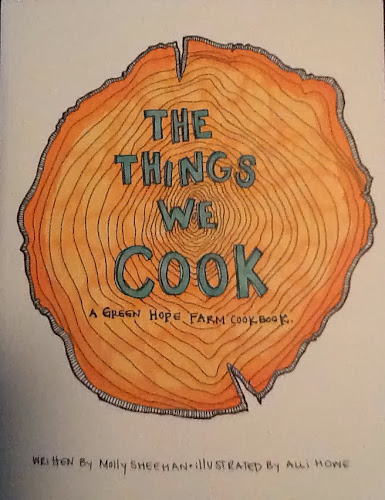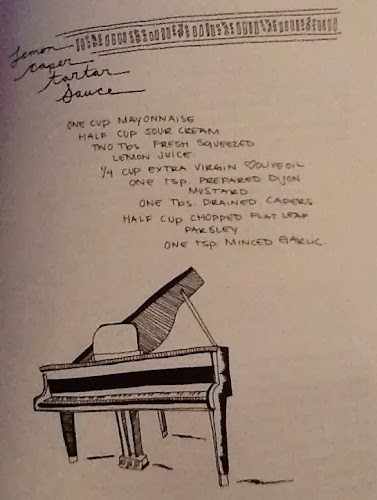Rarely does a restaurant rise so high above its food as Maxim's has. Say "Maxim's" and most people immediately know of the restaurant but rarely could they tell you a single dish on the menu. It's no wonder, eating at Maxim's is a literary shortcut to convey wealth and worldliness. From The Merry Widow to Fawlty Towers, from Ian Fleming to Quentin Tarantino the very mention of Maxim's fills the mind with wonder.
Maxim's hay day may well have been the late 1950's and 1960's. The "International Jet Set" made Maxim's their home away from home as the likes of the Duke and Duchess of Windsor, Maria Callas, Porfirio Rubirosa, Barbara Hutton, and Jacqueline and Aristotle Onassis were frequent guests. It was during this era that Maxim's published their cookbook, Chez Maxim's. It was quite a document in 1962. The book is big and filled with recipes, stories, and photos including full page color photographs laid in.
If there is a "famous" Maxim's recipe it may well be Potage Billy By. According to the cookbook:
It was Louis Barthe, the former chef at Maxim's, who told me the story behind the Potage Billy By. In 1925, he was working in the kitchen at Ciro's, a restaurant in Deauville known for a special mussels dish with a particularly succulent juice. One day a very good customer, Mr. William Brand, decided to invite some American friends to Ciro's. Mussels are generally eaten with the fingers in France, using one double-shell as tongs to scoop the meat out of the others. As Mr. Brand wanted to spare his fiends this delicate operation, he requested that the juice be served without the mussels. It was such a success that during the days that followed, each of his guests returned separately to Ciro's and ordered the "Potage Billy Brand." For the sale of the discretion, it was placed on the menu as "Potage Billy B." and thus was born the "Potage Bill By" which has since become a classic of the French culinary tradition.The soup was popularized in America by Pierre Franey. In 1961, Craig Claiborne published Pierre Franey's recipe for "billi bi" in his New York Times Cookbook, declaring, "This may well be the most elegant and delicious soup ever created. It may be served hot or cold."
Franey's history of the soup list William B. Leeds as the soups' namesake, leading to years of conflicting stories.
"The story goes that a wealthy American named William B. Leeds lived off and on, in Paris and that his favorite restaurant was Maxim's. The menu listed a cream of mussel soup, and this was his choice on almost every visit. Leeds was a real favorite of the owner and as a result of his passion for the soup it was dubbed billi-bi, a version, of course, of Billy B."A 1958 book about Maxim's written by Jean Mauduit states it was named for Brand.
Franey might have the namesake wrong but Claiborne may well have been right about "delicious."
Potage Billy ByPierre Cardin eventually bought Maxim's and now it is more famous as a brand than a restaurant.
1 1/2 cups Fumet de Poisson
2 qt. mussels
1 large onion
1 stalk celery
2 cups heavy whipping cream
1 cup dry white wine
2 sprigs parsley
1/2 tsp. ground peppercorns
Salt
Scrape and wash the mussels thoroughly. Mince the onion and place it in a deep saucepan along with the celery, wine, and pepper. Add the muscles, cover the sauce pan, and boil over a high flame for 6 minutes. Shake the muscles in the pan two or three times during the cooking process so that those on top go to the bottom and vice versa. When the muscles are open remove and drain them. Pour the liquid in the sauce pan through a fine strainer, return to the saucepan, and reduced to about 1 quart of liquid. Add the Fumet de Poisson and cream and reheat over a low flame until liquid comes almost to the boiling point, stirring continually with a wooden spatula. Season to taste.
Serve very hot without the muscles. This soup can also be served cold.



